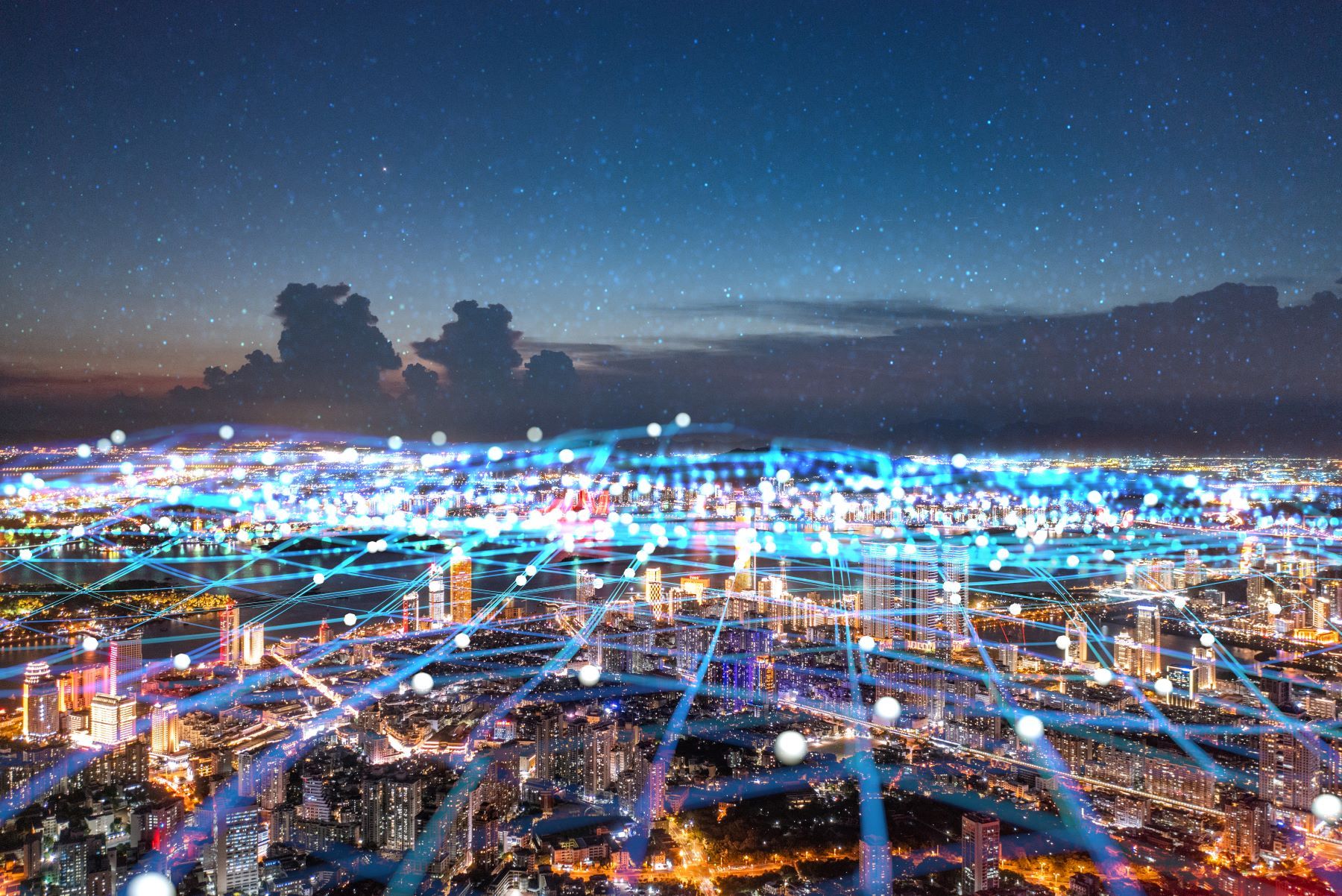AI's Energy Appetite Raises Specter of Water Scarcity in Cities Worldwide

LONDON—As the world increasingly relies on Artificial Intelligence (AI), a pressing concern is emerging about the voracious appetite AI has for energy and water resources, potentially diverting these limited supplies from human needs to fuel digital infrastructure.
According to a recent report by the International Energy Agency, data centres are slated to consume an astonishing 945 terawatt-hours of electricity annually by 2030 —more than Japan's current consumption altogether. The AI-driven growth of data centres in countries such as Ireland is already straining urban housing networks, with Irish data centres now using as much power as the entire city's domestic and industrial sectors combined.
The voracious demand for water to cool down these massive servers has raised alarms about potential competition between human and environmental needs. In Ahmedabad, India, a heat stress tragedy in 2010 highlighted the devastating impact of urbanization on local ecosystems, prompting policymakers to implement an Urban Heat Plan to mitigate such disasters.
This report marks another blow to cities worldwide, which have traditionally grown up near water bodies — an inconvenient truth for those seeking sustainable infrastructure solutions. Bristol, where I reside, owes its name to ancient Saxon river crossings, and it may soon become increasingly challenging to establish new city profiles around these same vital natural resources.
Can humanity ensure its urban footprint takes precedence over the global pursuit of efficiency in data exchange?
